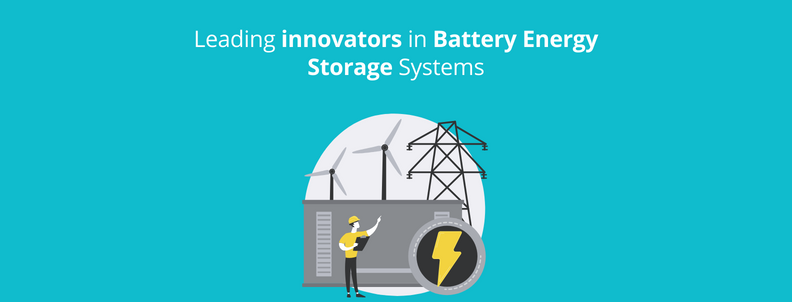Well lets look at the sustainability issue. It's all about batteries. We had this conversation a couple of years ago. It was all about batteries in 2006, 2007, 2008, 2009, 2010, 2011, 2012,2013,2014,2016,2017, 2018 ....and still is about batteries.
Tesla did not invent small inexpensive Li batteries, 18650, 2170, etc. They simply followed on the work of some researchers who had assembled tiny little batteries into not so small packs and built an EV that was not dependent on weak lead acid nor on patent limit products. Without supplies at scale of these small batteries..no Tesla.
Fast forward from 2006 to 2017 and it is clear Tesla is scaling. The factory sleep in must have sucked but the 3 had seemingly unlimited demand. The excess capacity that had been around for poweralls was no longer there and Tesla had a different issue. They needed more battery capacity. One can be brutal and say they should have secured that in 2016 but by late 2017..surely. By 2018 they are building Shanghai but it didn't solve the battery issue. In fact the opposite. There was nothing in 2017 & 2018 to keep Tesla from investing in a second GF for battery capacity. It was abundantly clear Reno was not enough.
Solar was always tangential, not directly aligned because the core of that product was not a battery. The core of energy storage and EVs are batteries.
Today they continue to focus on the bright shiny objects instead of the boring business side of things.
They could have solved the battery capacity issue in many different ways. Partnered with CATL on 3 factories (one in each major geography), only $3bln in cash was a silly reason to not build battery capacity when it was clear margins were very high, capex was far lower than EVs, and the market was going to happen due to renewable deployment.
Perhaps
@petit_bateau would jump in with thoughts. He is an industry expert.






